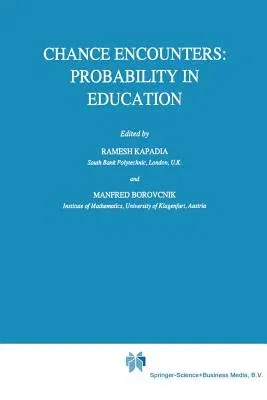Chance Encounters: Probability in Education (Softcover Reprint of the Original 1st 1991)Paperback - Softcover Reprint of the Original 1st 1991, 23 October 2012

Qty
1
Turbo
Ships in 2 - 3 days
In Stock
Free Delivery
Cash on Delivery
15 Days
Free Returns
Secure Checkout
Part of Series
Mathematics Education Library
Print Length
267 pages
Language
English
Publisher
Springer
Date Published
23 Oct 2012
ISBN-10
9401055637
ISBN-13
9789401055635
Description
Product Details
Book Edition:
Softcover Reprint of the Original 1st 1991
Book Format:
Paperback
Country of Origin:
NL
Date Published:
23 October 2012
Dimensions:
23.39 x
15.6 x
1.5 cm
ISBN-10:
9401055637
ISBN-13:
9789401055635
Language:
English
Location:
Dordrecht
Pages:
267
Publisher:
Weight:
394.63 gm

